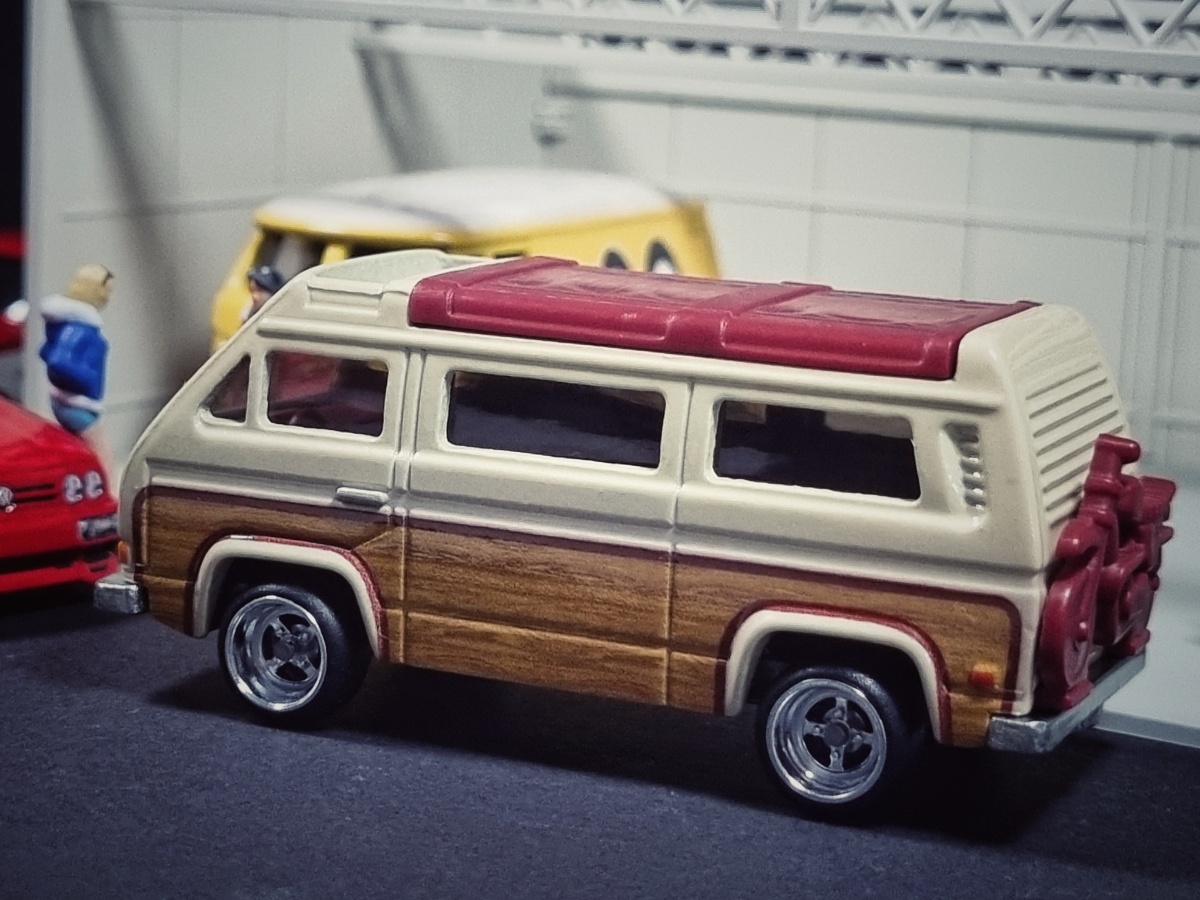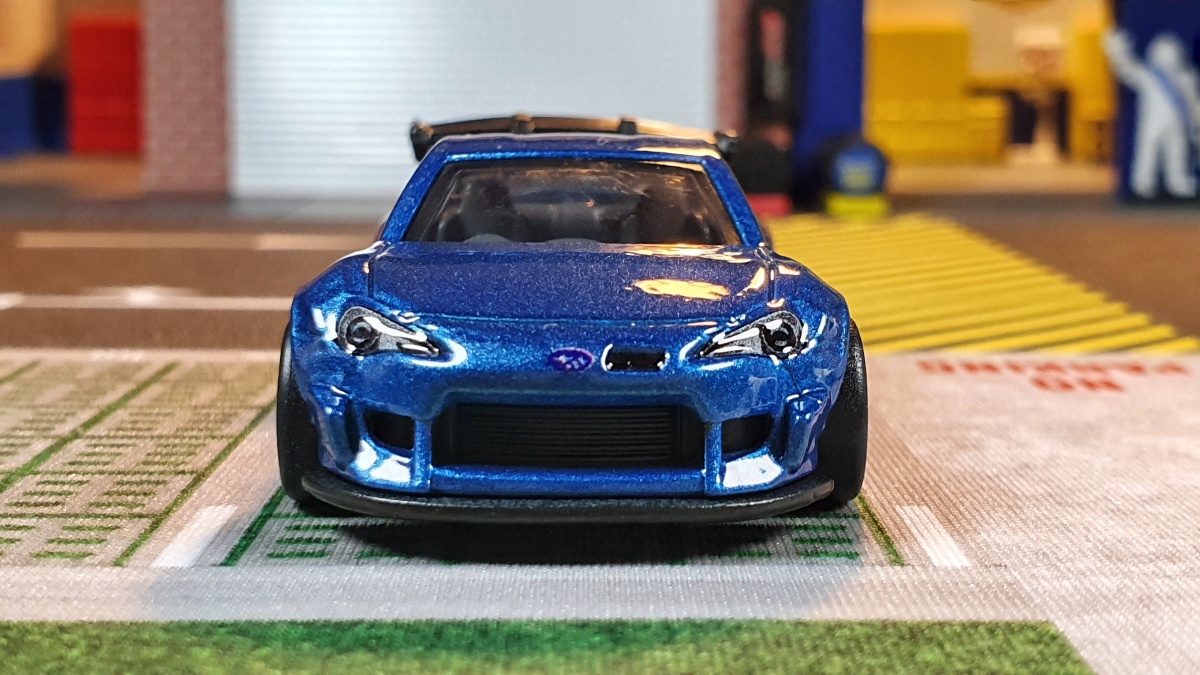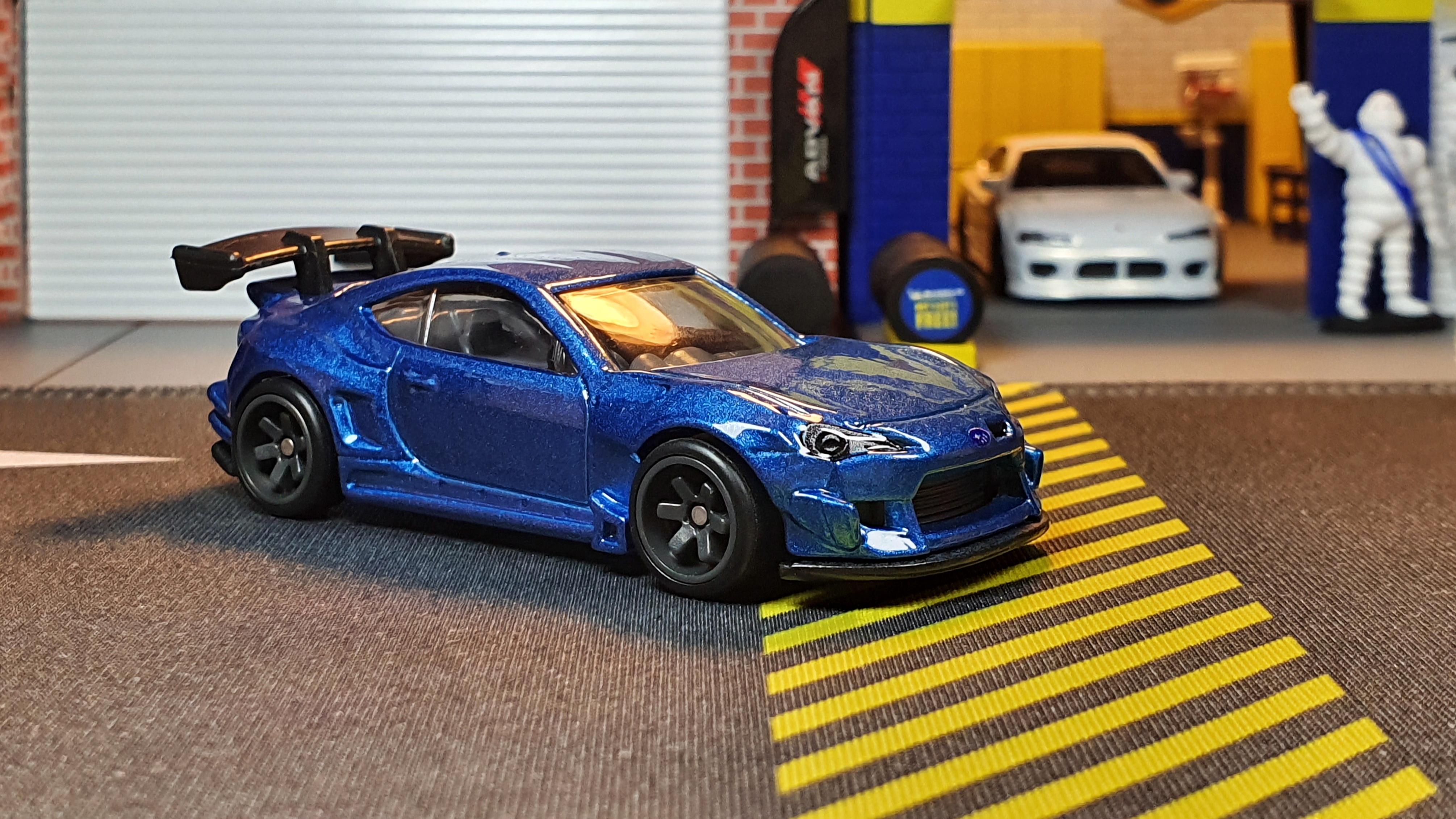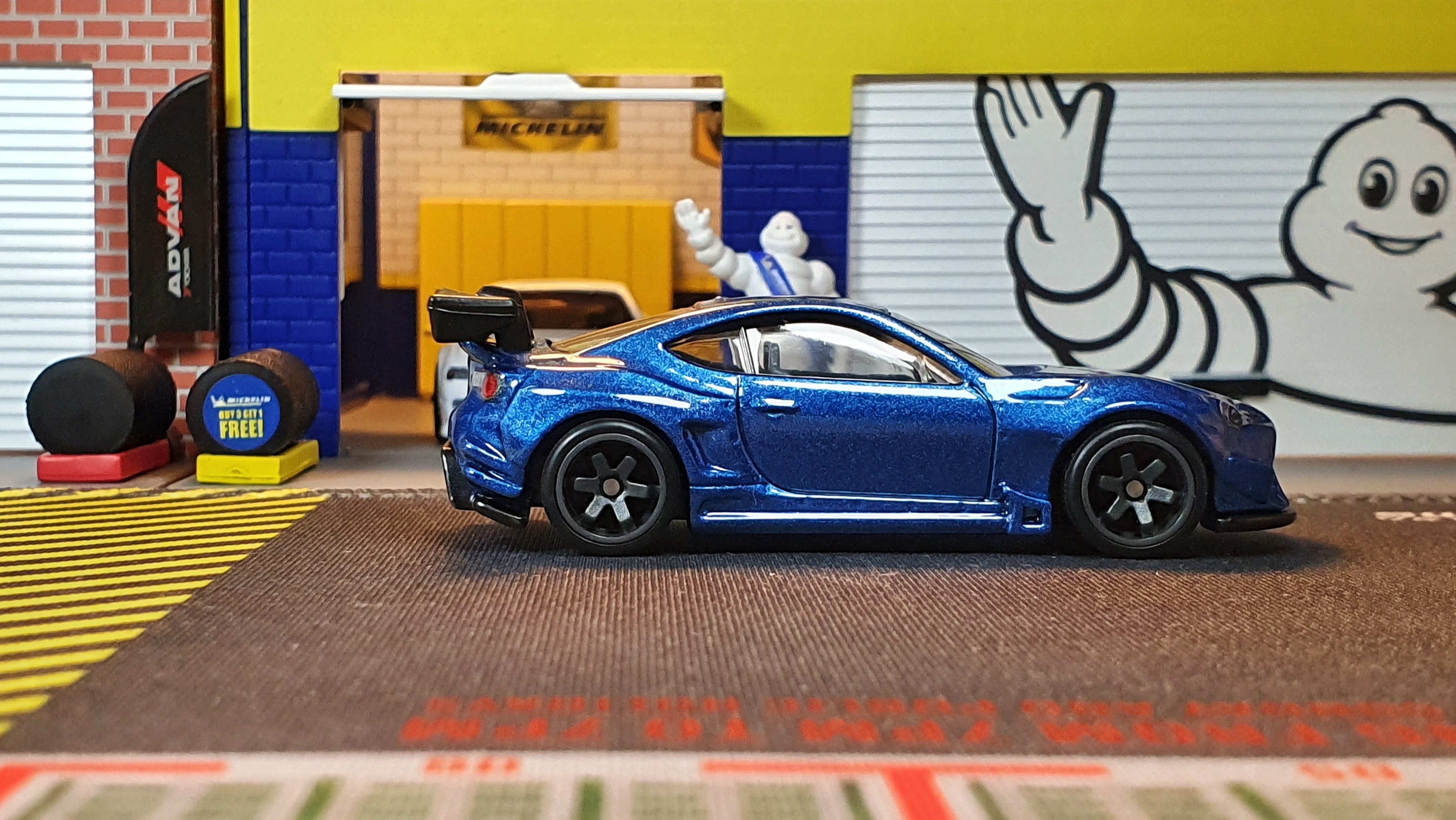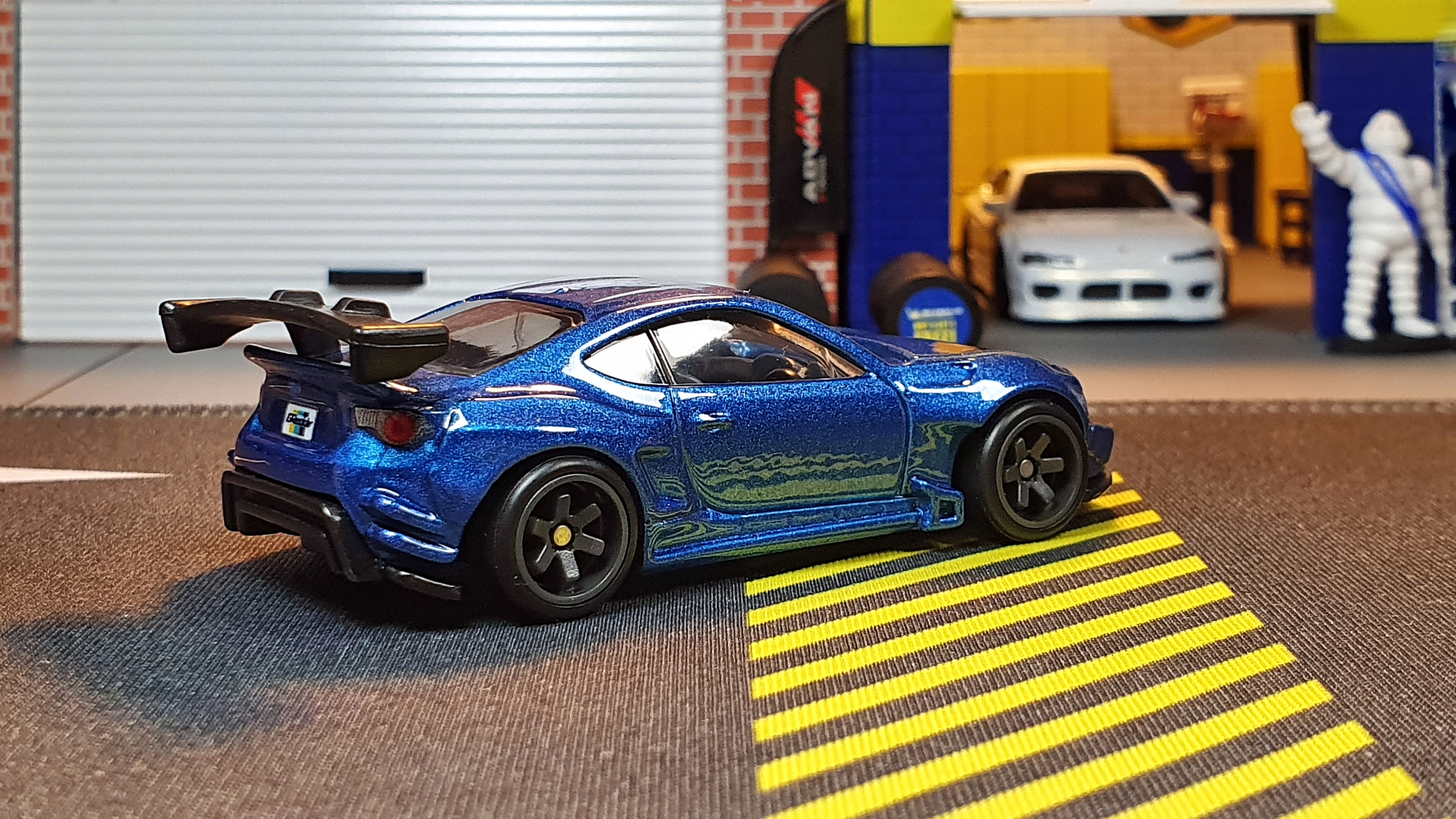The Volkswagen Sunagon, or rather, the Vanagon, is actually the Volkswagen Transporter. Specifically, the third generation Volkswagen Type 2. The complete name then is the Volkswagen Type 2 (T3). It was still called the various names from before such as the Transporter, Caravelle, Microbus and Vanagon.
Yep, it is confusing when you just call it by name. For the sake of this post, let’s call it what it is in Hot Wheels’ version, the Sunagon. The name which is actually a pun taken from the high-raising roof, a.k.a. “to the sun”.
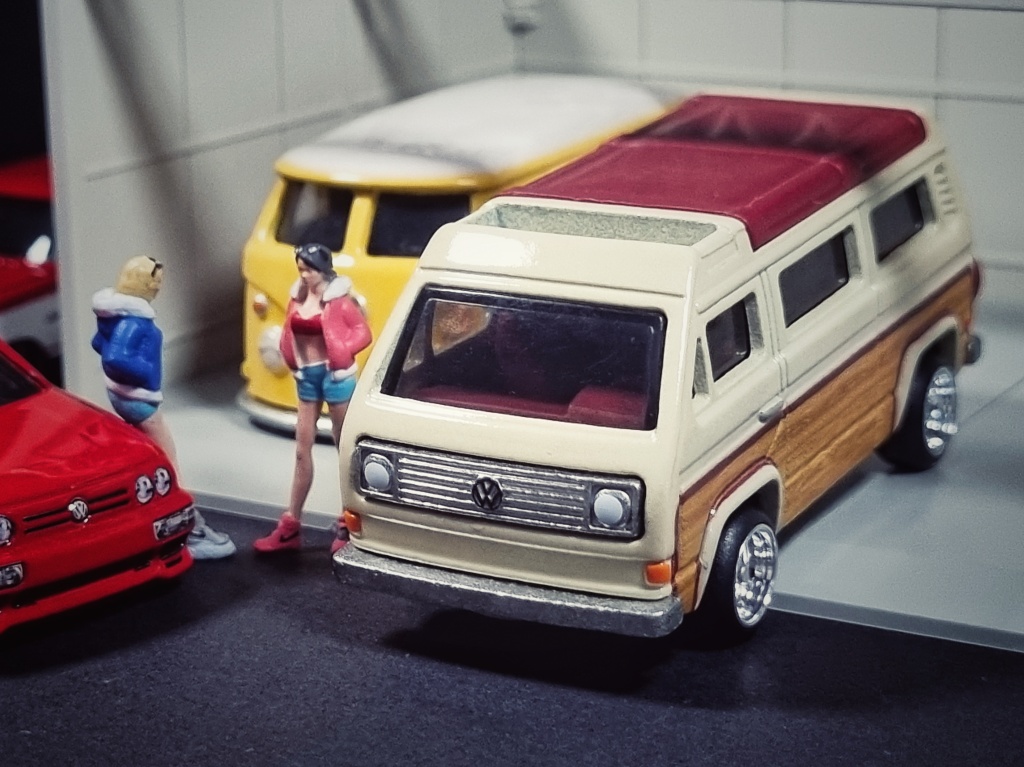
As with the previous Transporters before it, the Type 2 (T3) initially featured a rear-mounted, air-cooled engine. Later versions did have water-cooled engines as well. However, the Sunagon was loosely based on the Westfalia Camper version which is the one that came with a raised roof, a refrigerator, a stove and a sink. Exactly what you would expect when you hear the word “Camper”. From there, the car evolved and gave birth to the Club Joker in 1981. In the United States, however, the Type 2 (T3) was better known by the Vanagon name. A term coined by VW when marketing executives decided to mash together the words van and station wagon. The reason for this is probably because of the popularity of station wagons as opposed to vans in the U.S.
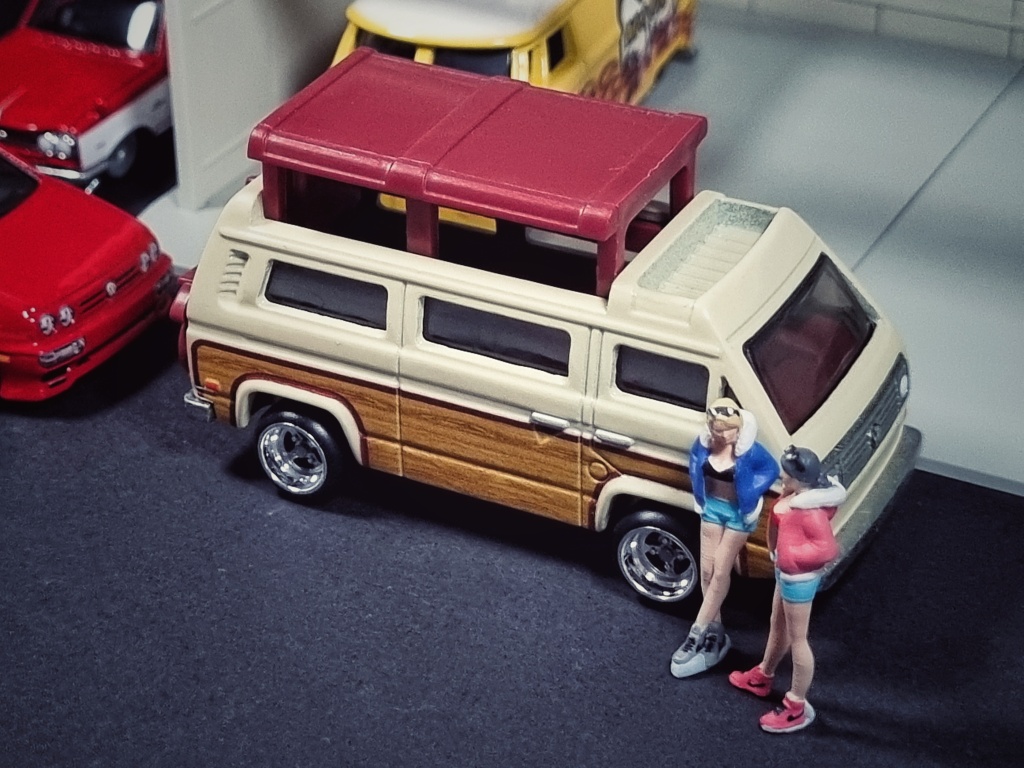
The Sunagon that I have is a retooled casting for the Car Culture Cargo Carriers. The original casting was from 1982 and was designed by the legendary Larry Wood. In 2011, it was given an update where it debuted in the Hot Wheels Hot Ones. I like this one that I have. As expected from a Car Culture vehicle, it has details aplenty. Detailed headlights and taillights, nicely painted woody panels and marked door handles. The faded yellow color screams 1970s and it fits the car perfectly. Let’s not foget the red colored roof that lifts up to highlight the Transporter’s camper roots. Metal base adds the needed heft for this van. The Real Rider wheels complete the package and if you close your eyes, you can imagine yourself going on a road trip with this retro sweetness of a ride. It is an excellent addition to my collection which are mostly JDMs and Euro sports cars.

